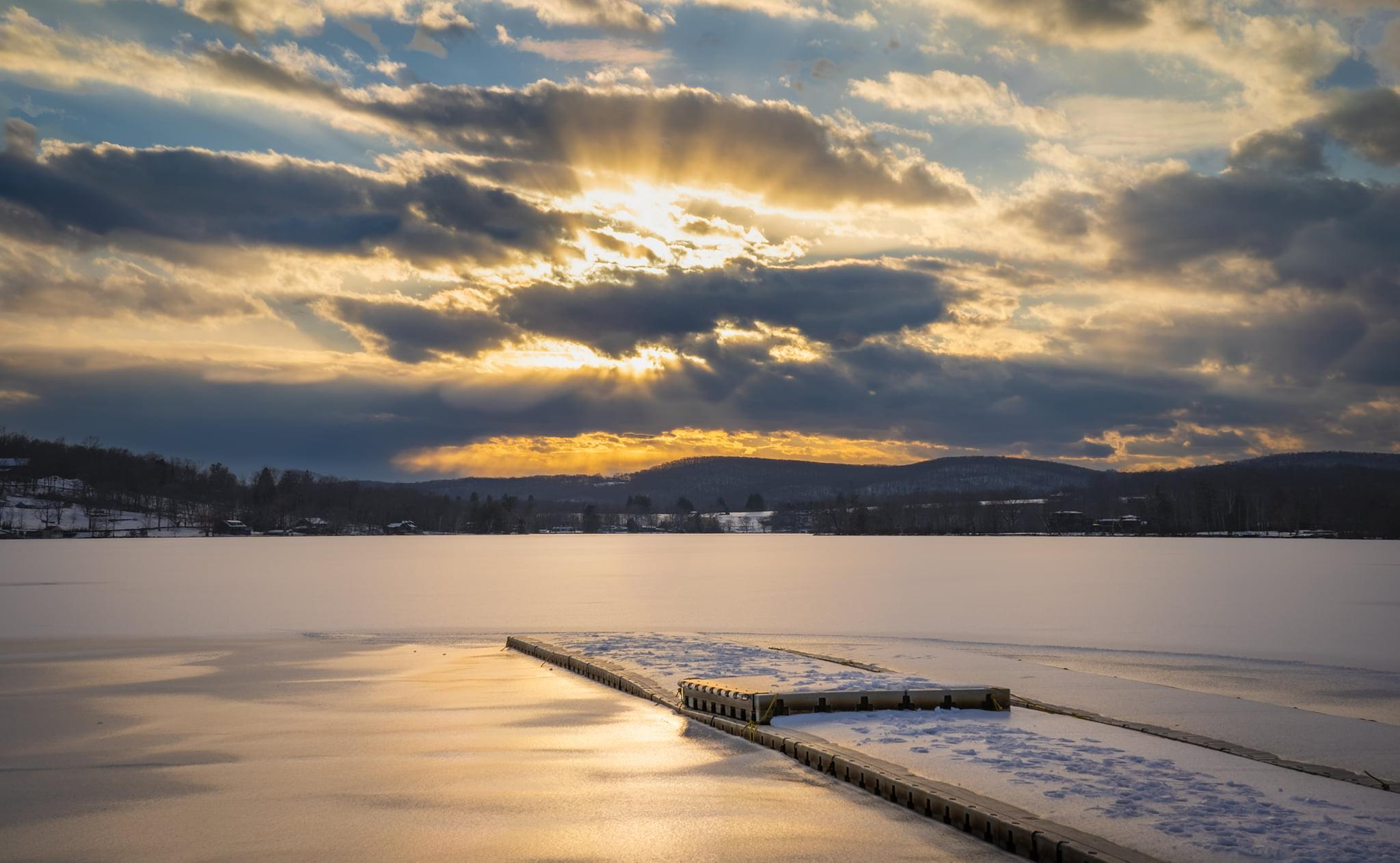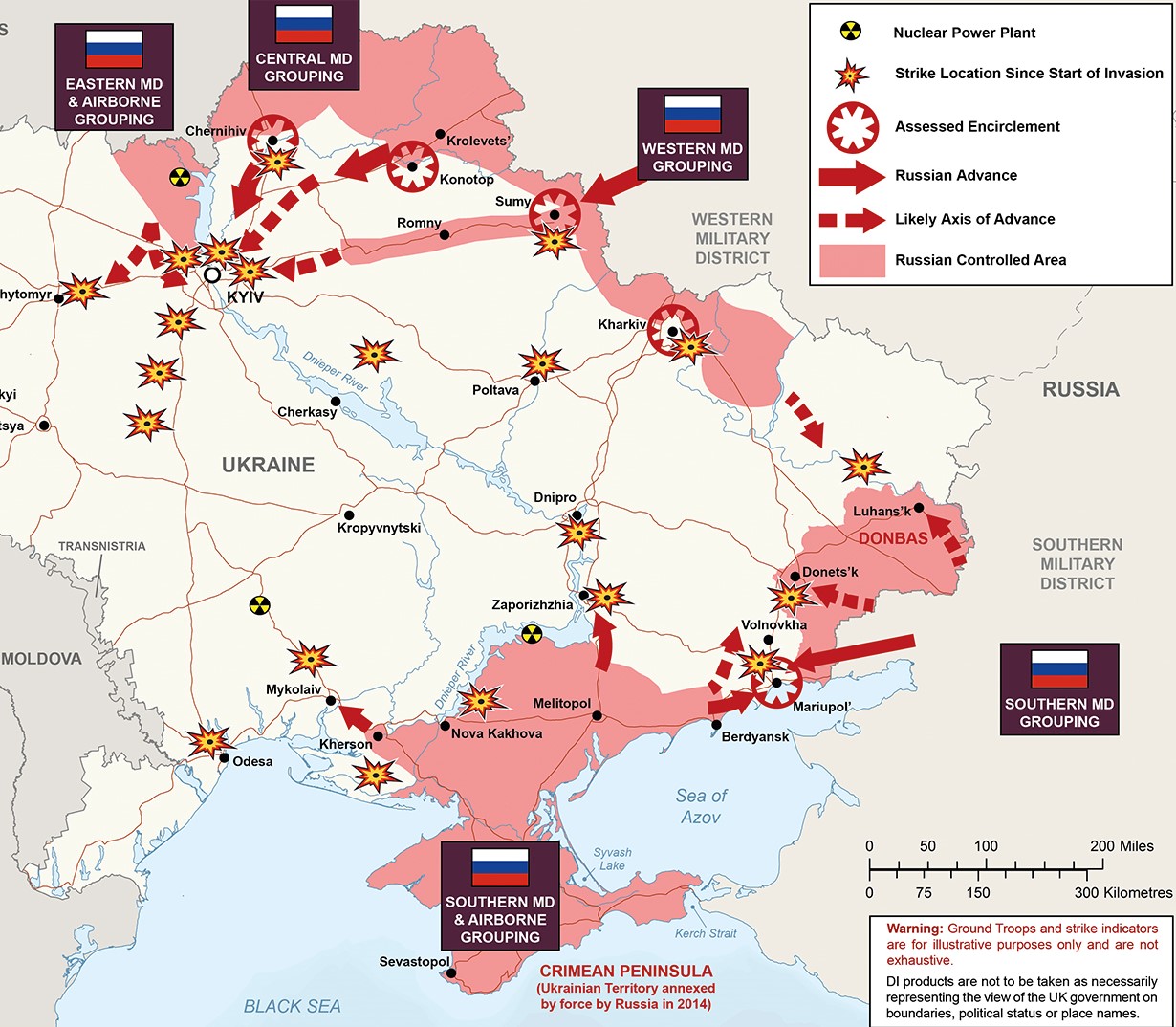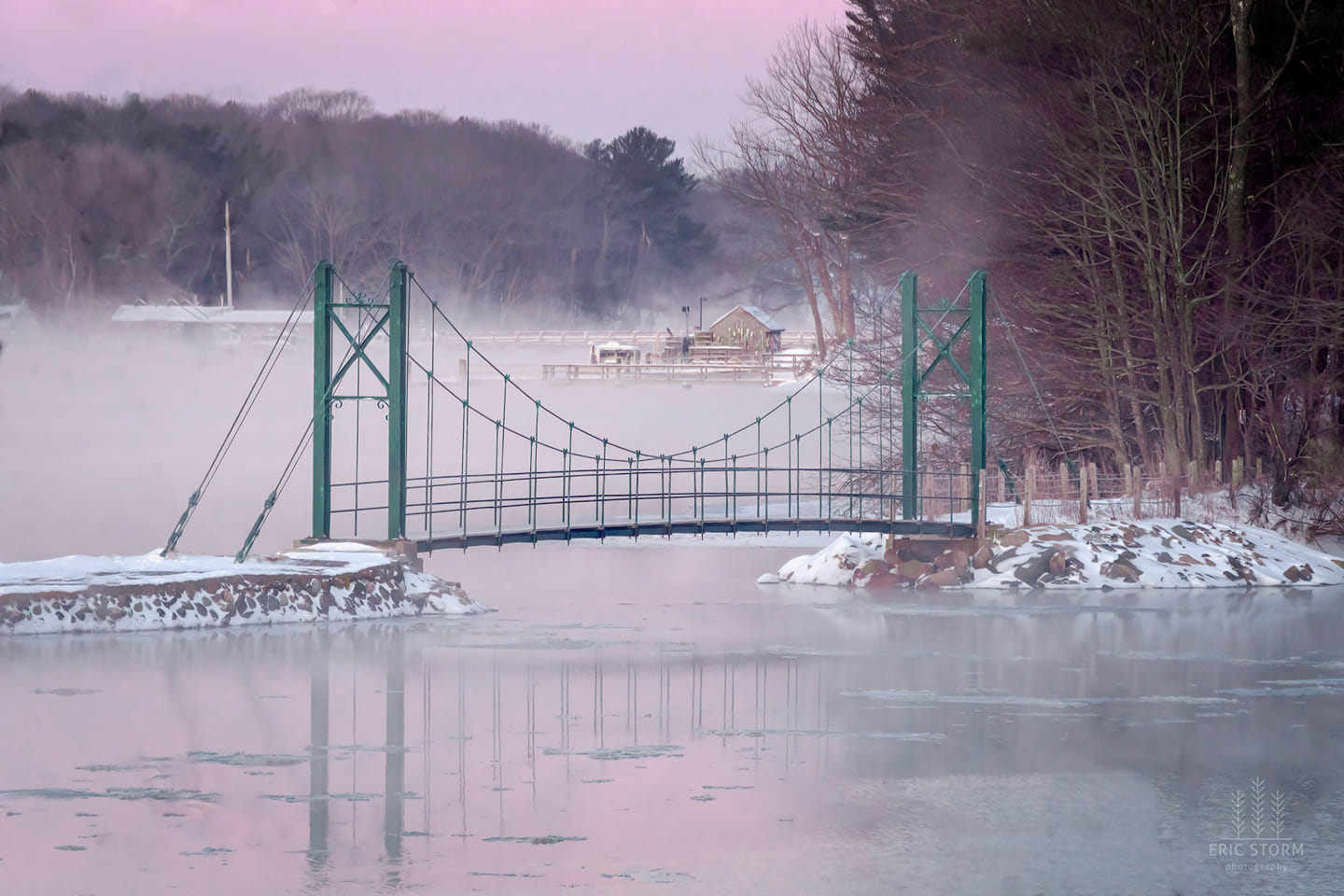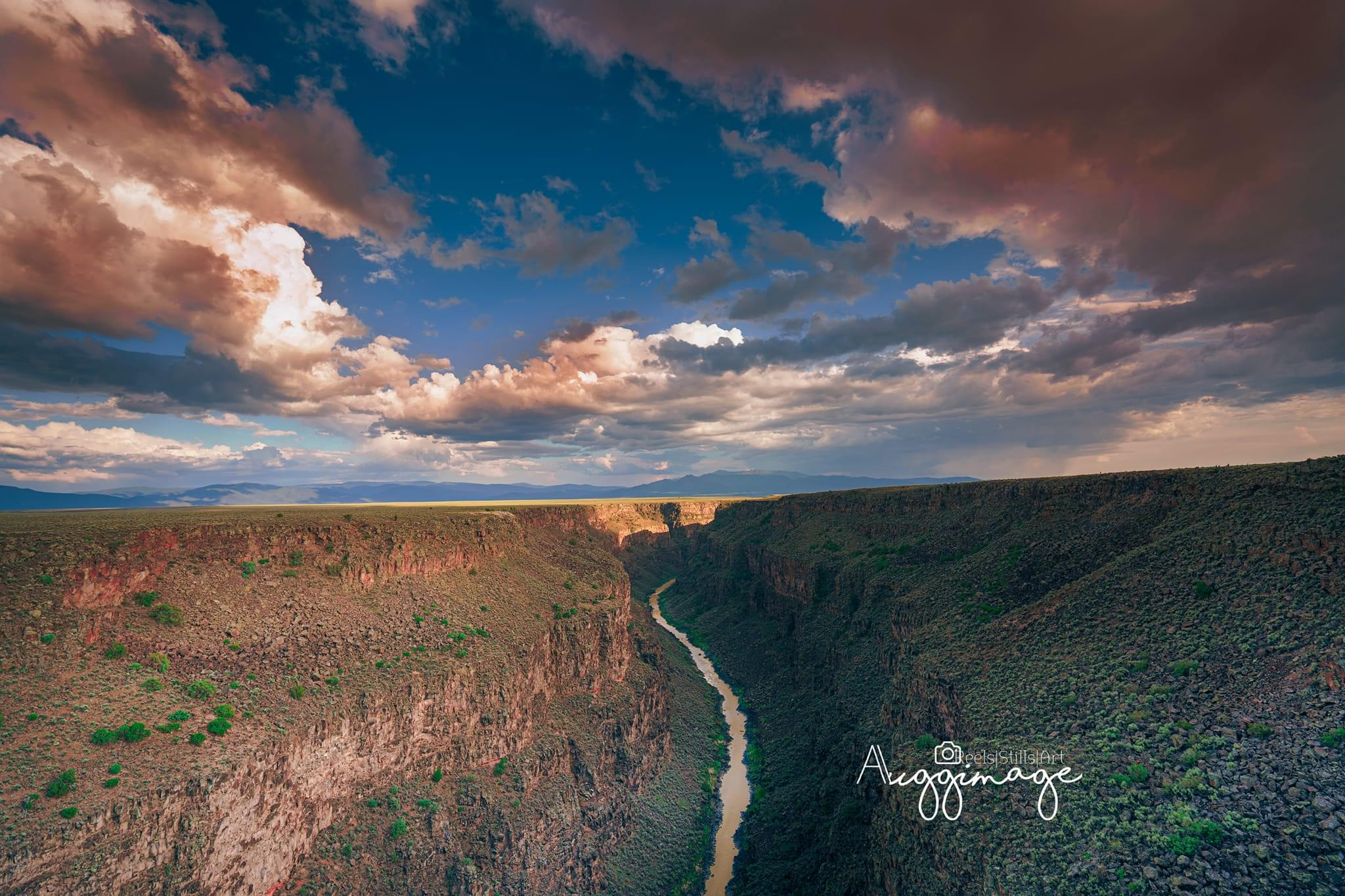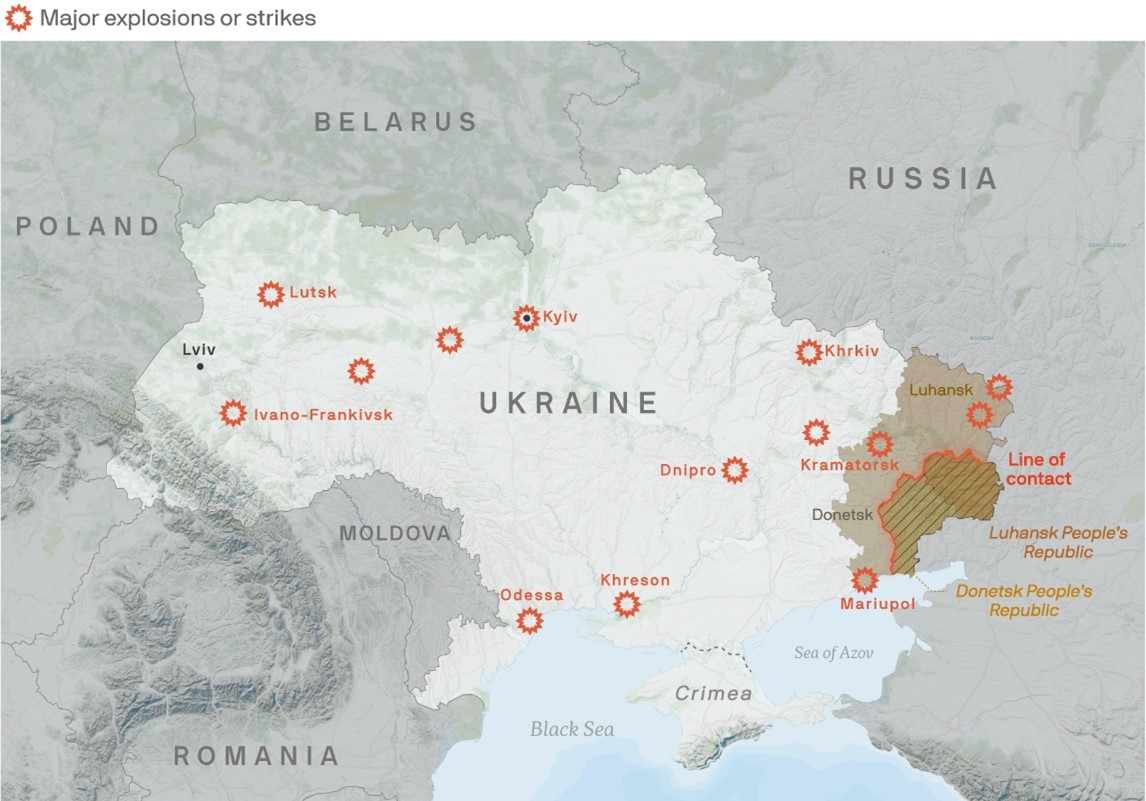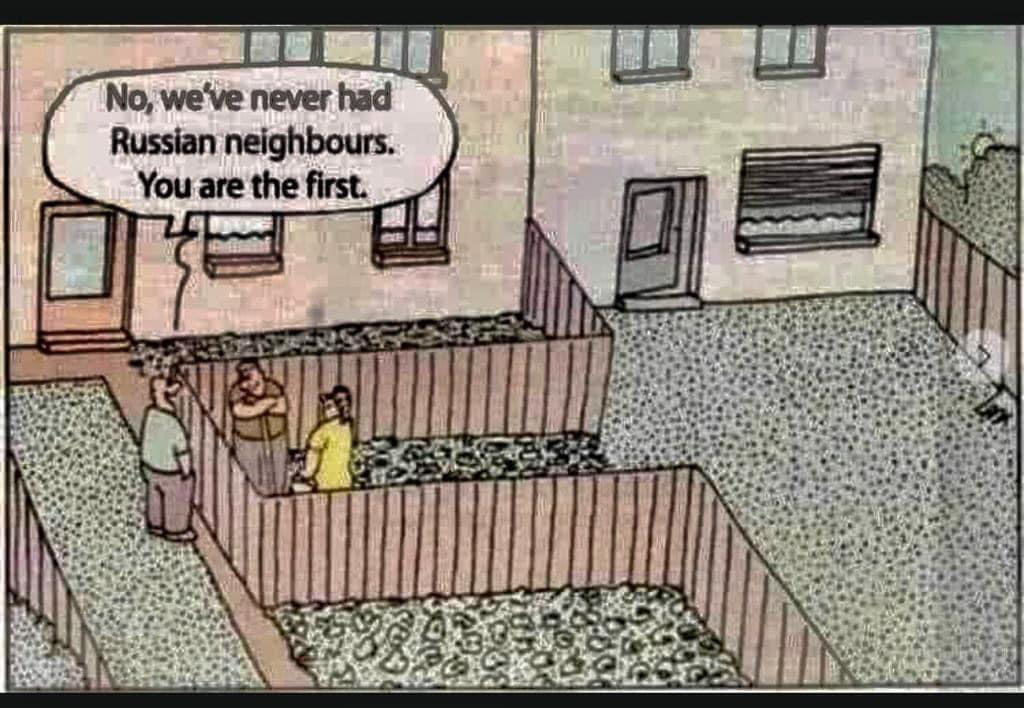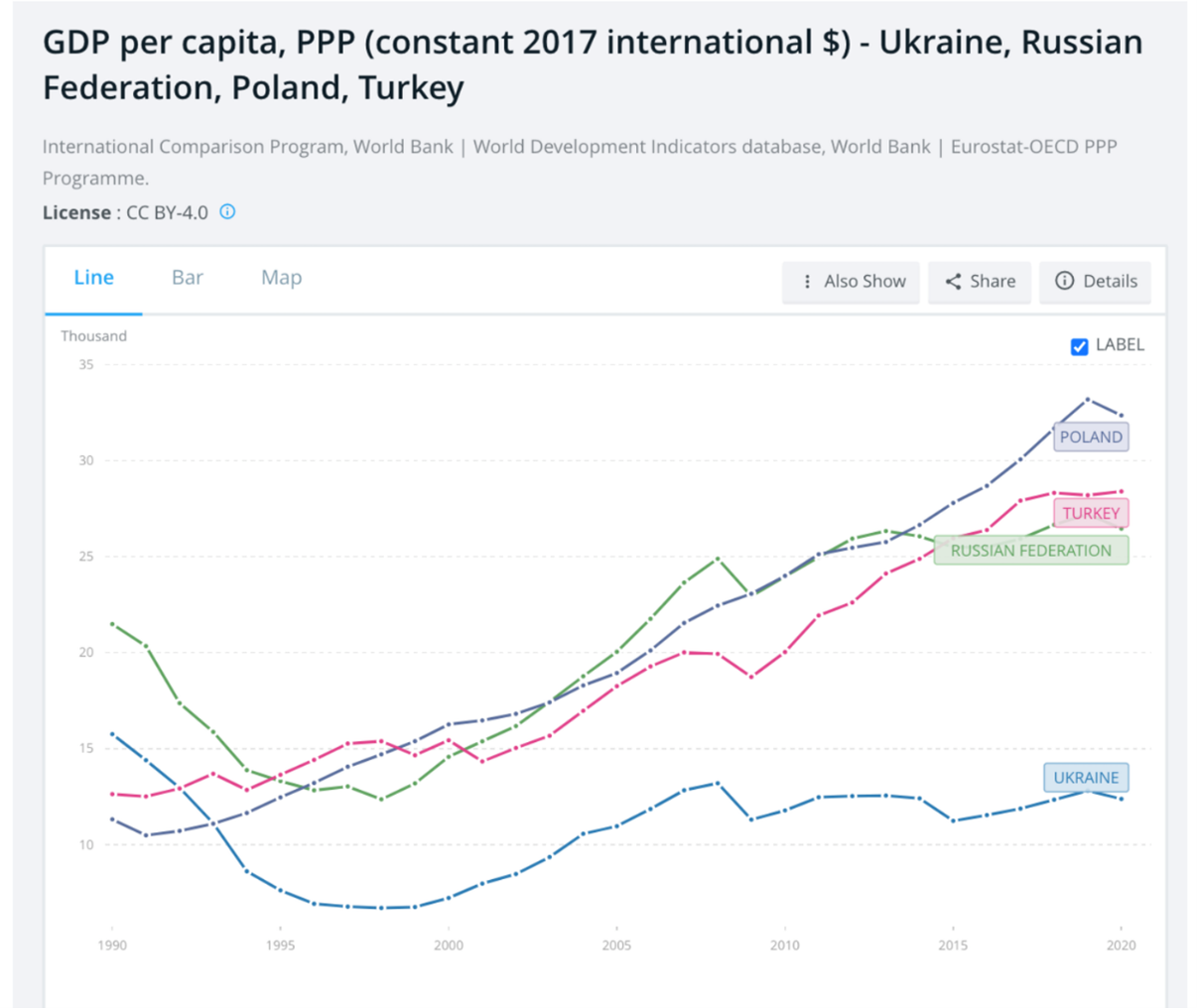The Daily Escape:

Sunrise, Kalalau Valley Lookout, Waimea Canyon, Kauai, HI – September 2022 photo by Alex Skoz
Who sabotaged the Nordstream pipelines? We’re forced to speculate, but it’s a near certainty that the US Navy knows who did it. In perusing Stratfor’s publication this week of where in the world US Navy fleets are located, Wrongo saw this map:
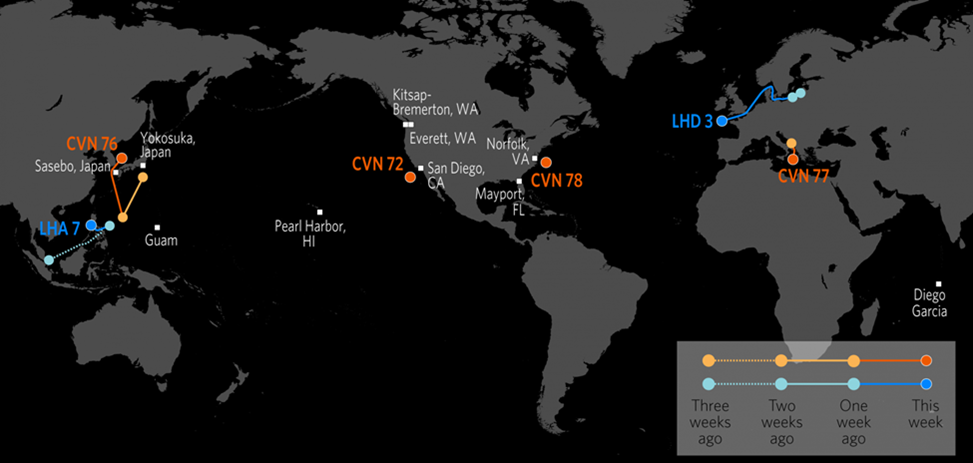
The map breaks the Navy’s fleets into Carrier groups (four in orange) and LHA and LHD Amphibious Assault groups (two in blue). The map shows the location of these groups over the last four weeks. The one of interest is LHD3. It spent most of the past four weeks in the Baltic Sea, including a great deal of time very near the Nordstream pipelines.
LHD3 is the designation of the USS Kearsarge, what the Navy calls a Multiple Purpose Amphibious Assault Ship, shorthand for a small aircraft carrier. The Kearsarge left the Baltic Sea a few days ago. Part of the reason the Kearsarge was in the Baltic was to participate in Baltops 22:
“This year, more than 45 ships, over 75 aircraft, and 7,000 personnel are tasked to execute a series of complex events throughout the two-week exercise.”
Seapower Magazine reported that one element of the Kearsarge operations in the Baltic was to test special sub-sea mine destruction technologies: (emphasis by Wrongo)
“A significant focus of BALTOPS every year is the demonstration of NATO mine hunting capabilities, and this year the US Navy continues to use the exercise as an opportunity to test emerging technology….Experimentation was conducted off the coast of Bornholm, Denmark….”
Bornholm is where the first breaches of Nordstream Two were discovered. Stratfor reports that:
“On Sept. 26, the Norwegian Petroleum Safety Administration warned of potential ”deliberate attacks” after energy companies reported multiple cases of unidentified drones flying near offshore oil and gas installations. Just a few hours later, officials in Denmark warned they had found a gas leak along a section of the Nord Stream 2 pipeline off the coast of the Danish island of Bornholm.”
The following day, the Swedish Maritime Administration announced it also detected two gas leaks on the Nordstream One pipeline in a nearby area. A fourth leak was discovered subsequently. While the Baltops 22 operation finished in July, the US Sixth Fleet didn’t begin leaving the Baltic Sea until September 22.
So it’s highly likely the Navy knows what happened and maybe who did it.
A head-scratching question is why would anyone do this? Damaging Nordstream is a direct terror attack on both Russia, and the EU, Germany, and the western European nations indirectly connected to the pipelines.
It is impossible to believe that it was done undetected. This type of clandestine operation requires deep water explosives, submersibles, divers and digging through the sea mud to attach explosives to the concrete shell that surrounds the steel pipeline.
Let’s take a brief look at the leading characters. Western governments say Russia did it, but why would it? One benefit to the Russians is that it forced the price of natural gas even higher (it went up 7%). It might have propaganda value; Russia can blame the US and thereby further turn Russian civilians against the West.
One old myth may apply: According to legend, Spanish conquistador Hernán Cortés ordered his men to “Burn the boats” as they began their conquest of the Aztec empire in 1519. The idea was that there would be no opportunity to retreat, and winning the battle was all that mattered. For Putin, could it be he purposefully destroyed billions of dollars of Russian energy infrastructure and their “cash cow”, believing that Europe will never again want Russian gas? If so, that means Putin intends to win WWIII.
Could it be China? Closing Nordstream means China would get all the gas it needs, and possibly at even cheaper prices. Rendering Nordstream useless forces the Russians to tie their currency more tightly to the Chinese Yuan. And the newest Chinese submarines might be able to do the deed.
Could it be the US? We have the technology and were in the area. But what goal of our foreign policy would be served by drastically hurting our NATO allies? If we did it, we’ve gone from a passive participant arming Ukraine to an active participant, possibly engaging in an Act of War.
Could it be a smaller state in the rabid anti-Russian west such as Poland? The US Navy knows. Will they tell anyone?
On to the weekend, where we ignore what Gini Thomas told the Jan. 6 Committee or, whatever Judge Aileen Cannon is thinking about Trump’s documents. It’s time for our Saturday Soother! Start by brewing up a hot steaming mug of Kahiko ($47.95 for 8oz: expensive, no? Thanks Biden) from Hawaii’s Hula Daddy Kona Coffee. It is said to be richly chocolaty, harmoniously juicy, and bright.
Now, grab a seat by a south-facing window and listen to George Gershwin’s “Lullaby for Strings”, written in 1919, although it was first performed as an orchestral piece in 1967. It’s played here by the New York Philharmonic String Quartet in 2016:
BTW: Stop watching cable news.



